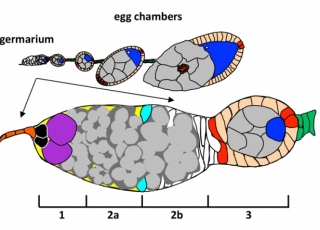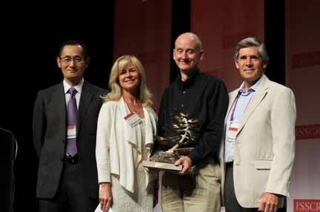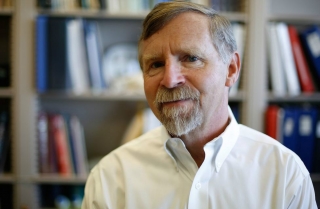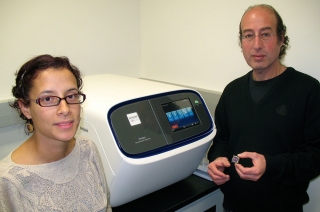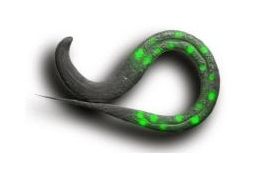Understanding exactly how stem cells form into specific organs and tissues is the holy grail of regenerative medicine. Now Stem Cell Center Professor Denise Montell has added to that body of knowledge by determining how stem cells produce different types of “daughter” cells in Drosophila (fruit flies). The findings appear today in the Proceedings of the National Academy of Science.
Contact
- Voice: (805) 893-5320
Address
Neuroscience Research Institute
University of California, Santa Barbara
Santa Barbara, CA 93106-9610

